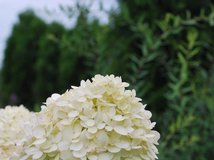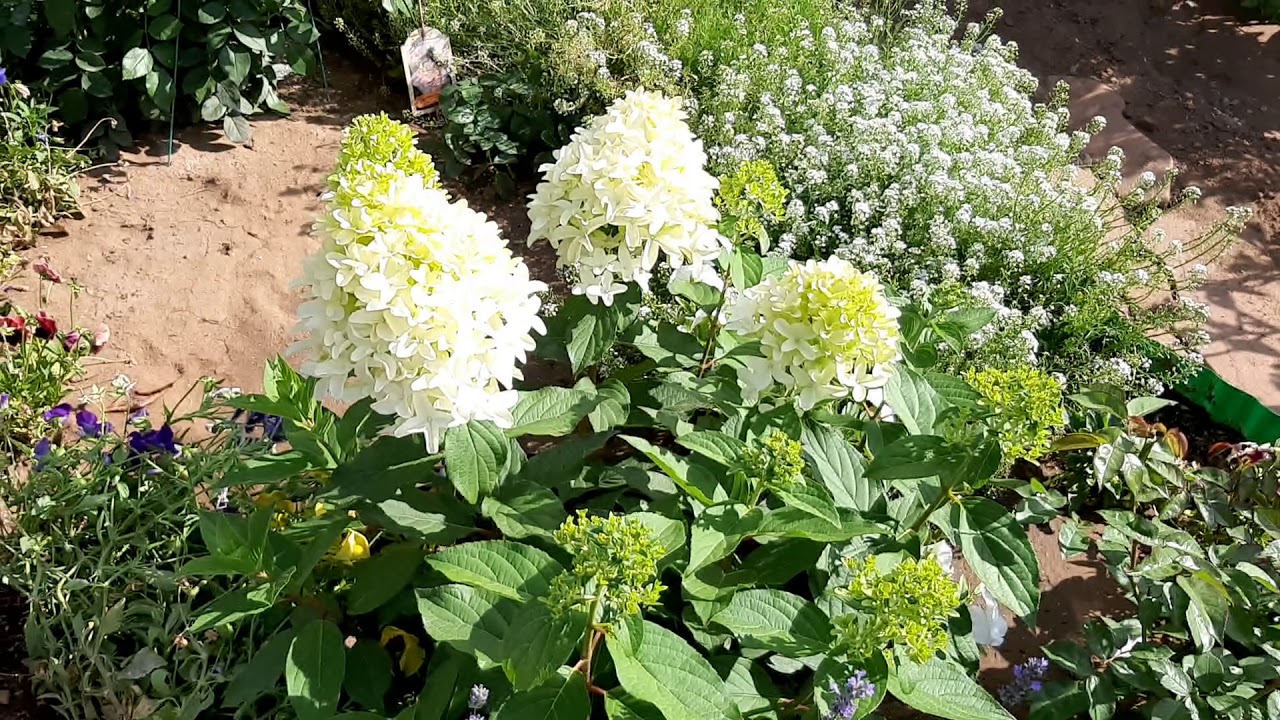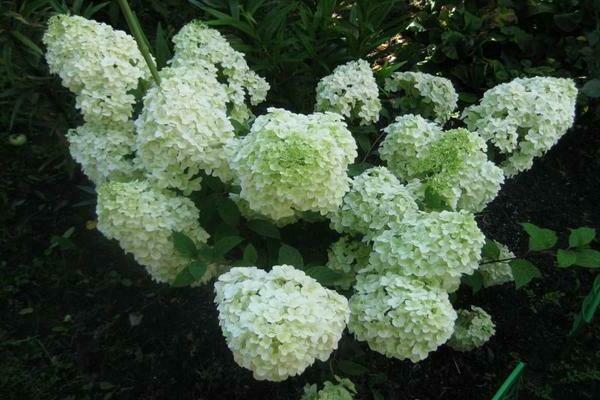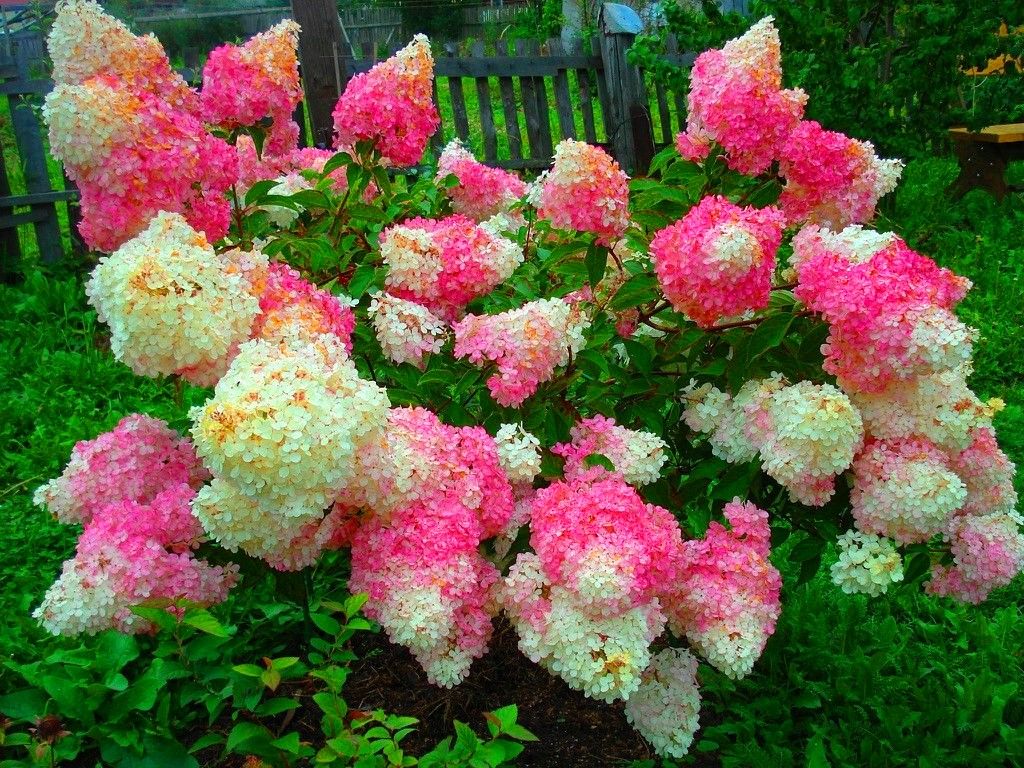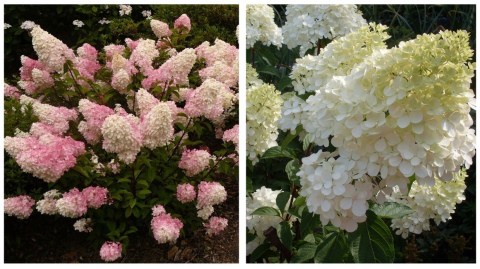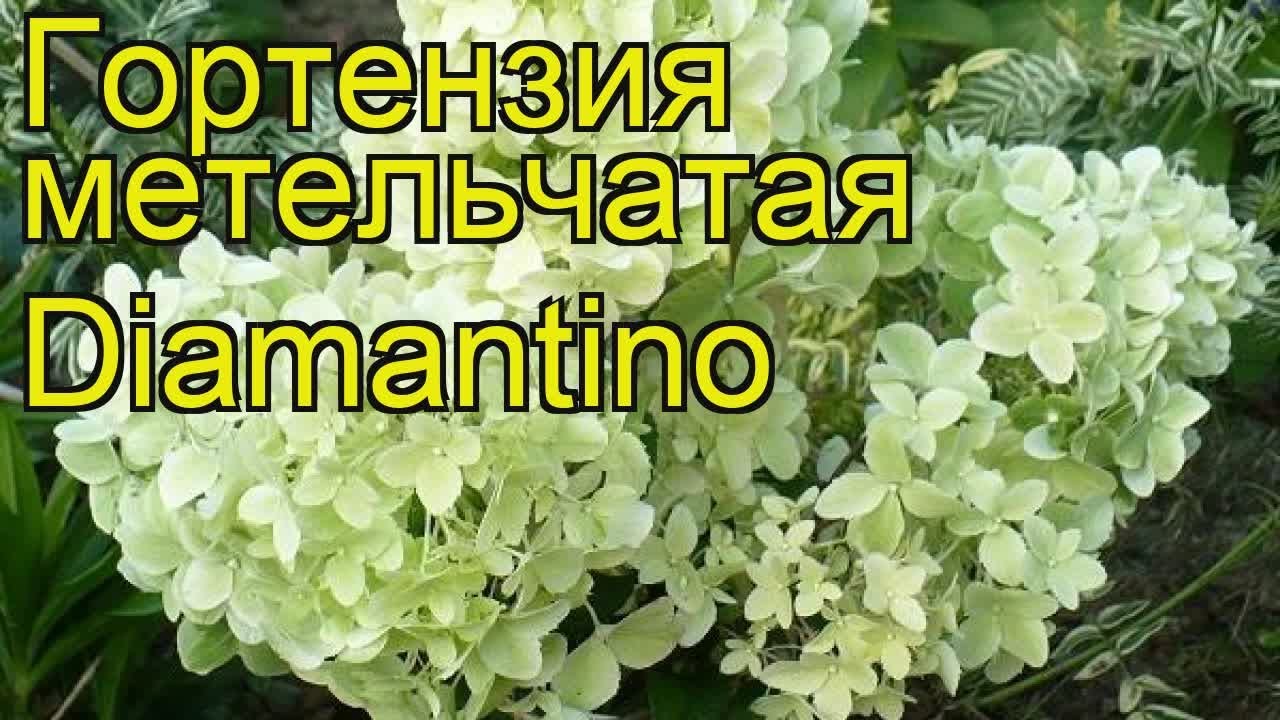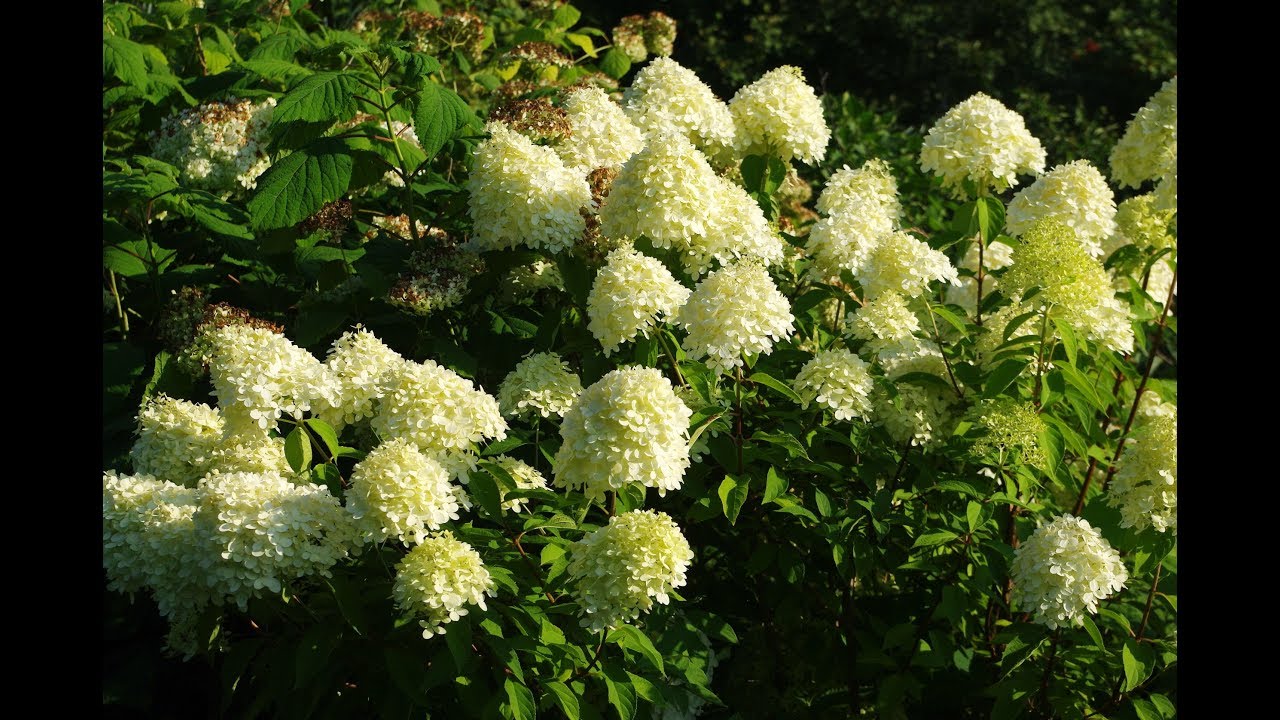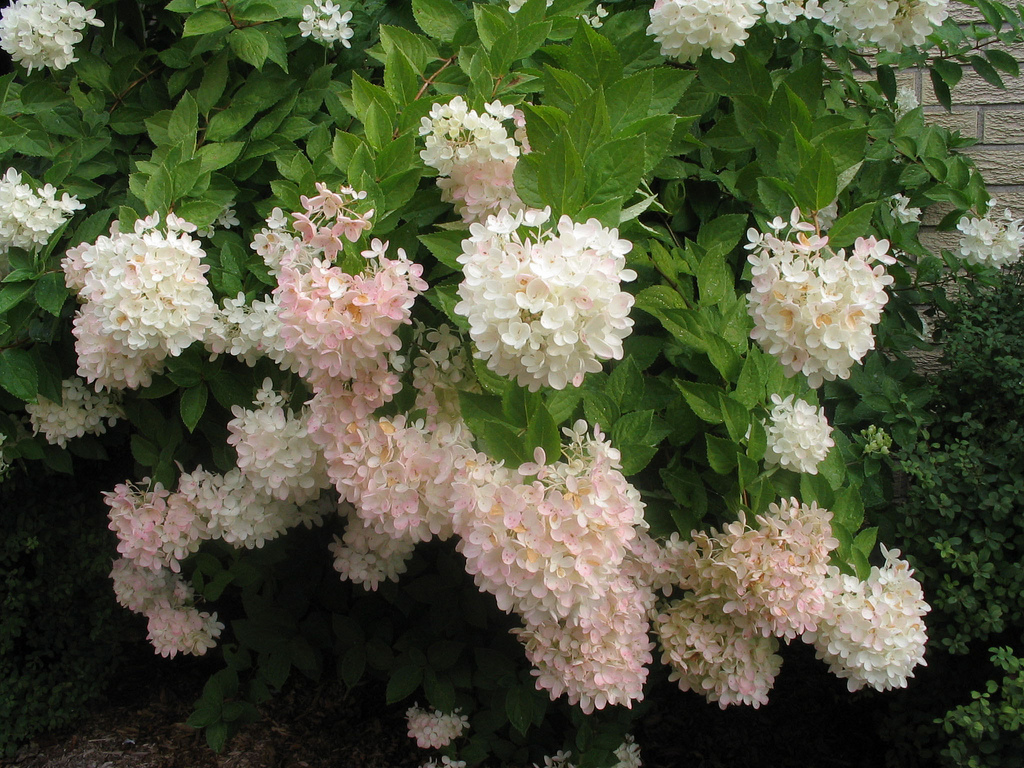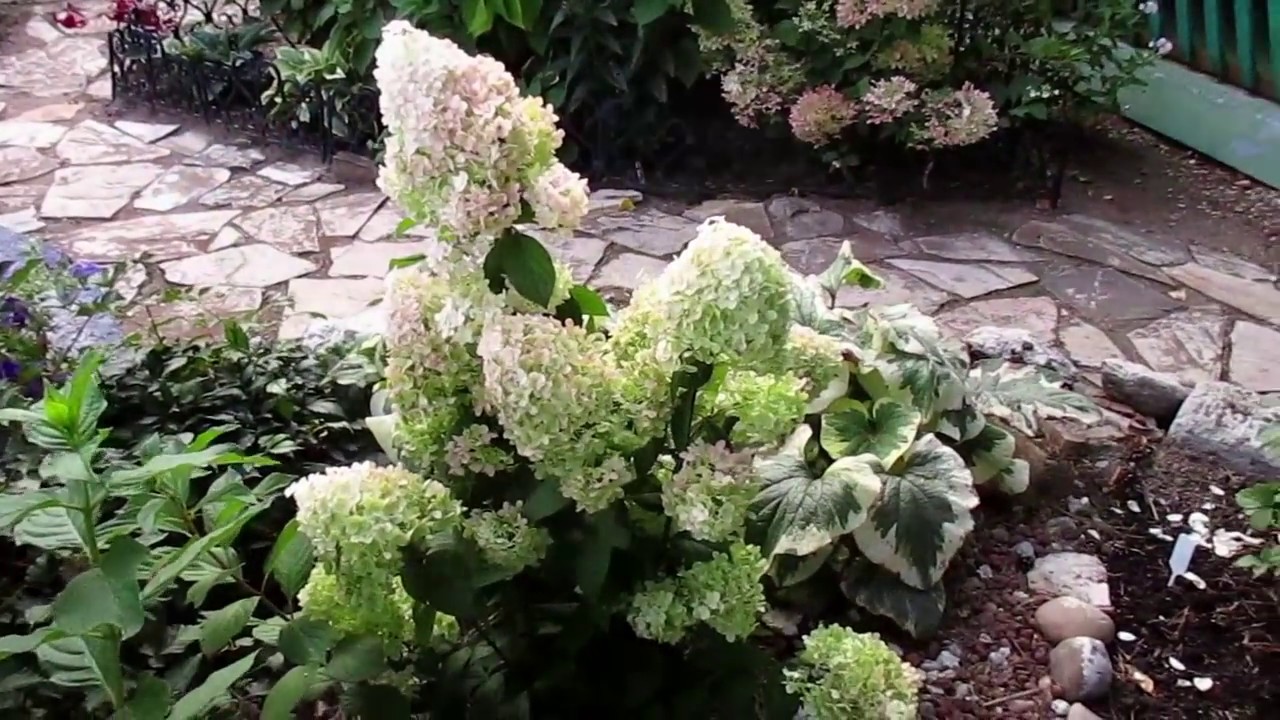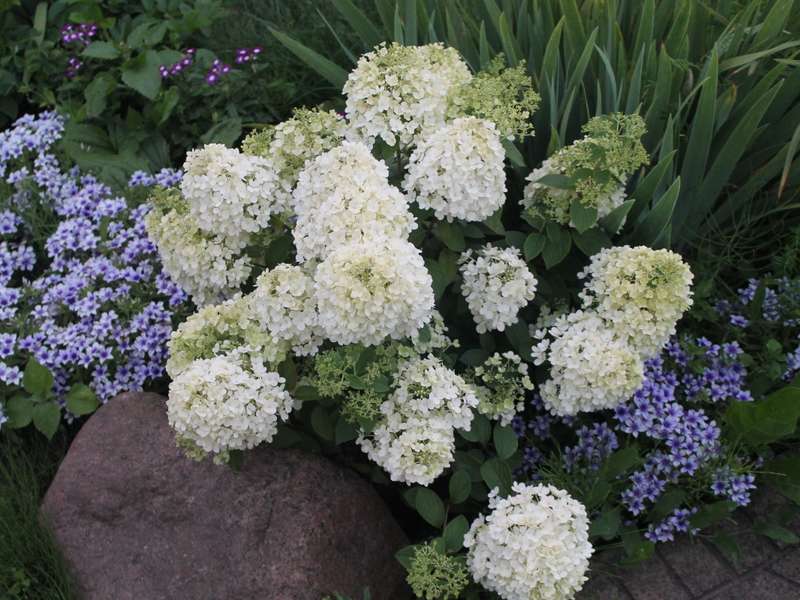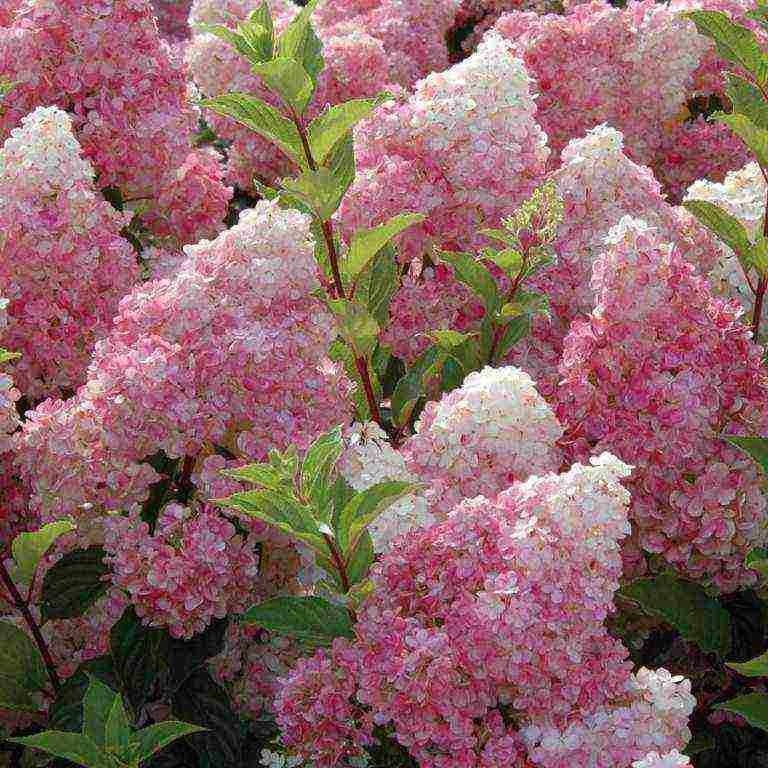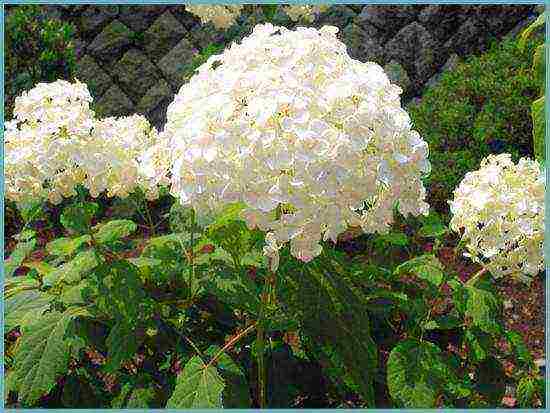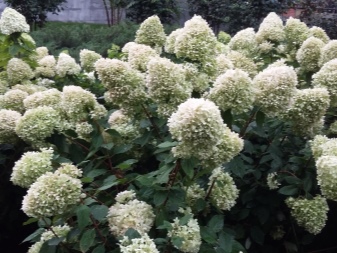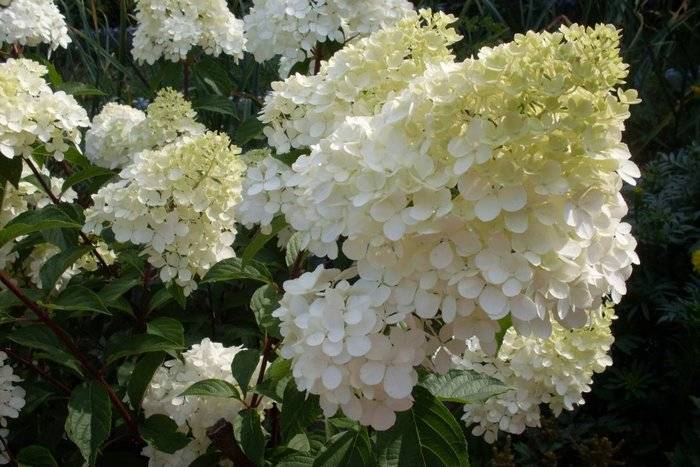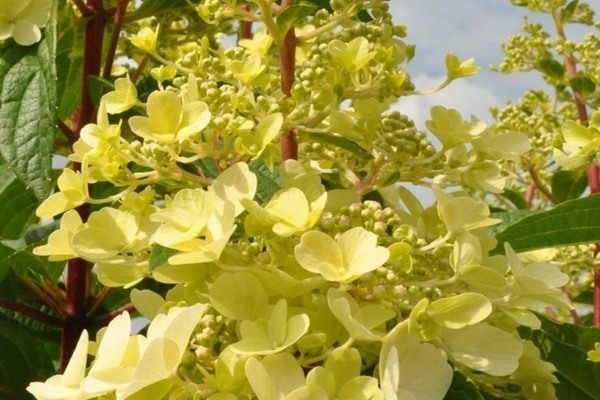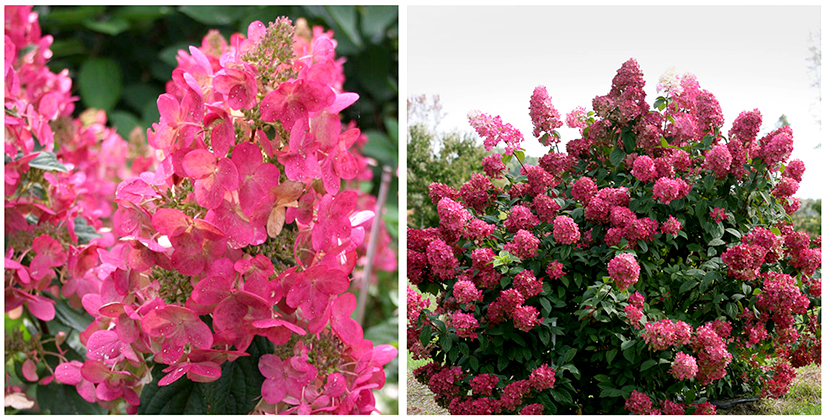Description of the variety
The variety "Diamond Rouge" was obtained through the efforts of specialists from the French nursery Pepinieres Renault, which specializes in the selection of new varieties of hydrangeas. It happened at the dawn of this century, and since then the plant has been a constant participant in various exhibitions and competitions, where it occupies high places and receives medals for excellent varietal qualities. The highest achievement of "Diamond Rouge" can be considered the silver award of the world flower show "Plantarium 2011", held in the Dutch Boskop, where the hydrangea was awarded by the jury as the best flower with red buds.
Hydrangea "Diamond Rouge" is a compact tree-like shrub 1.5 m high with a crown diameter of up to 1.4 m. The plant has a branched root system, lying at a shallow depth, and straight shoots, painted in brown-red tones. Opposite oblong leaves are rather dense, covered with a thin nap and pointed at the ends.
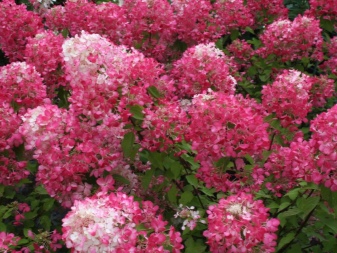
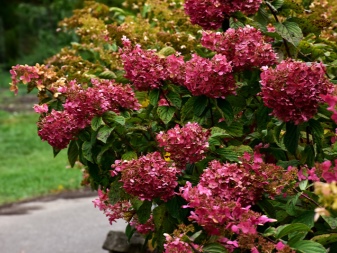
Diamond Rouge inflorescences have a pyramidal shape and grow up to 30 cm. Flowering continues from mid-June to late September, however, may shift slightly depending on conditions. A feature of the variety is the continuous color change throughout the season. So, the blossoming snow-white buds by the end of flowering acquire bright red shades, changing the appearance of the June plant beyond recognition.
However, not only the flowers change their color: the leaves of "Diamond Rouge" also change in color, and if in June they are painted bright green, then by September they turn orange. The formation of inflorescences occurs on the branches of the current year, and the young plant begins to bloom only in the third year. Hydrangea "Diamond Rouge" is distinguished by an average growth rate, therefore, rapid growth and capture of the surrounding territories does not occur, and the flower grows calmly next to other species.

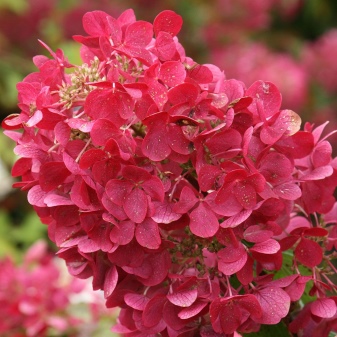
Hydrangea care
Hydrangea paniculata, the care of which is not difficult, grows everywhere, with the exception of clean sand and swamps. But nevertheless, proper care promotes abundant and bright flowering on a healthy bush. For a plant you need:
- Watering - requires regular and abundant watering. It is not advisable to loosen the soil after it, unless it is more than 3 cm. When the roots are shallow, they can be easily damaged. It is best to constantly mulch by filling the soil under the crown with sawdust, pine needles and peat.
- Top dressing - the plant responds well to fertilization. Mineral dressing is done every 10 days, it is better to use soluble fertilizers and apply them when watering. From organic matter, bird droppings are suitable, which are diluted with water and slurry.
- Pruning - in the garden, the panicle hydrangea, the photo of which is presented in the article, needs to be pruned annually. This procedure is carried out in late autumn and spring before the onset of the growing season. It stimulates the bush to bloom profusely and gives it a neat look. A small hydrangea, consisting of several twigs, is cut to 25 cm, large ones are shortened by a third of the shoot, while the damaged, weak branches growing inside the bush are removed. Old plants periodically rejuvenate, cutting off all the shoots under the stump. The restoration of the bush takes two years.
- Shelter - all young, and in regions with a harsh climate and adult bushes, panicle hydrangea for the winter must be covered with spruce branches or other material.

Experienced gardeners who have been growing hydrangeas for a long time warn beginners that with their excessive attention and care, you can simply kill it. The plant should not be transplanted endlessly from one place to another, often fed with organic fertilizers, filled with water on clay soil
Everything should be in moderation, and then it will respond to care with abundant flowering.


